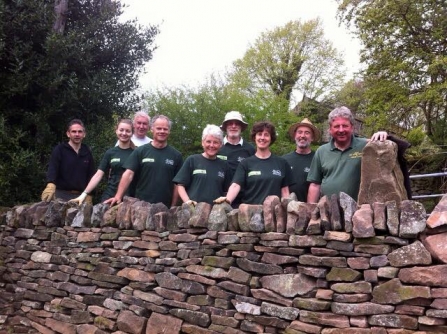After 5 years the Derwentwise programme is finally coming to an end. This has been an outstanding and successful programme of work. It is however easy to forget the work which was incurred in securing the funding from the Heritage Lottery Fund bid (HLF) to enable the initiative to take place. I have been asked to provide an account of the development process undertaken to realise this most worthwhile project.
Derwentwise was funded within the Heritage Lottery Fund’s Landscape Partnership Programme, a programme which has now ended. The overall aim was to safeguard, manage and where necessary restore unique landscapes across the country.
The Derwentwise area, extending from Derby to Matlock Bath and taking in the Derwent Valley Mills World Heritage Site, was certainly unique and ideally fitted the criteria required by the HLF. As covered in the Spring issue of Wild Derbyshire, the initial idea came from Dan Abrahams of Natural England way back in 2009.
The HLF bid process was in two stages, Stage 1 essentially sought approval to submit a full and detailed application. In addition, it provided funds to develop projects, secure specialist expertise and to appoint a Development Officer who would coordinate the bid and submit the detailed application. In August 2011 the Stage 1 bid was approved.
In February 2012 I was appointed with the task of putting together the £2.45 million, programme of work and for the next 16 months I lived and breathed the Derwent Valley. The enormity of the task was clearly set out by the HLF in the first few weeks, with the request for a detailed timetable setting out how the application deadline of May 2013 would be met and cover their objectives. This was a non-negotiable deadline that couldn’t be extended! To do this, projects had to be developed across a wide spectrum of work and especially had to cover the following areas:
- Restoring, linking and extending habitats and geological sites and ensuring geological sites are properly recorded and safeguarded.
- Ensuring that the character of the wider landscape which includes features, such as walls, hedgerows and ancient trees were conserved and enhanced.
- Improving access to, and better interpretation of, heritage sites and features.
- Promoting public engagement and inclusion by ensuring that both rural and urban communities could feel proud of their landscape and ensure that they were equipped to be involved with the landscapes the long-term care.


